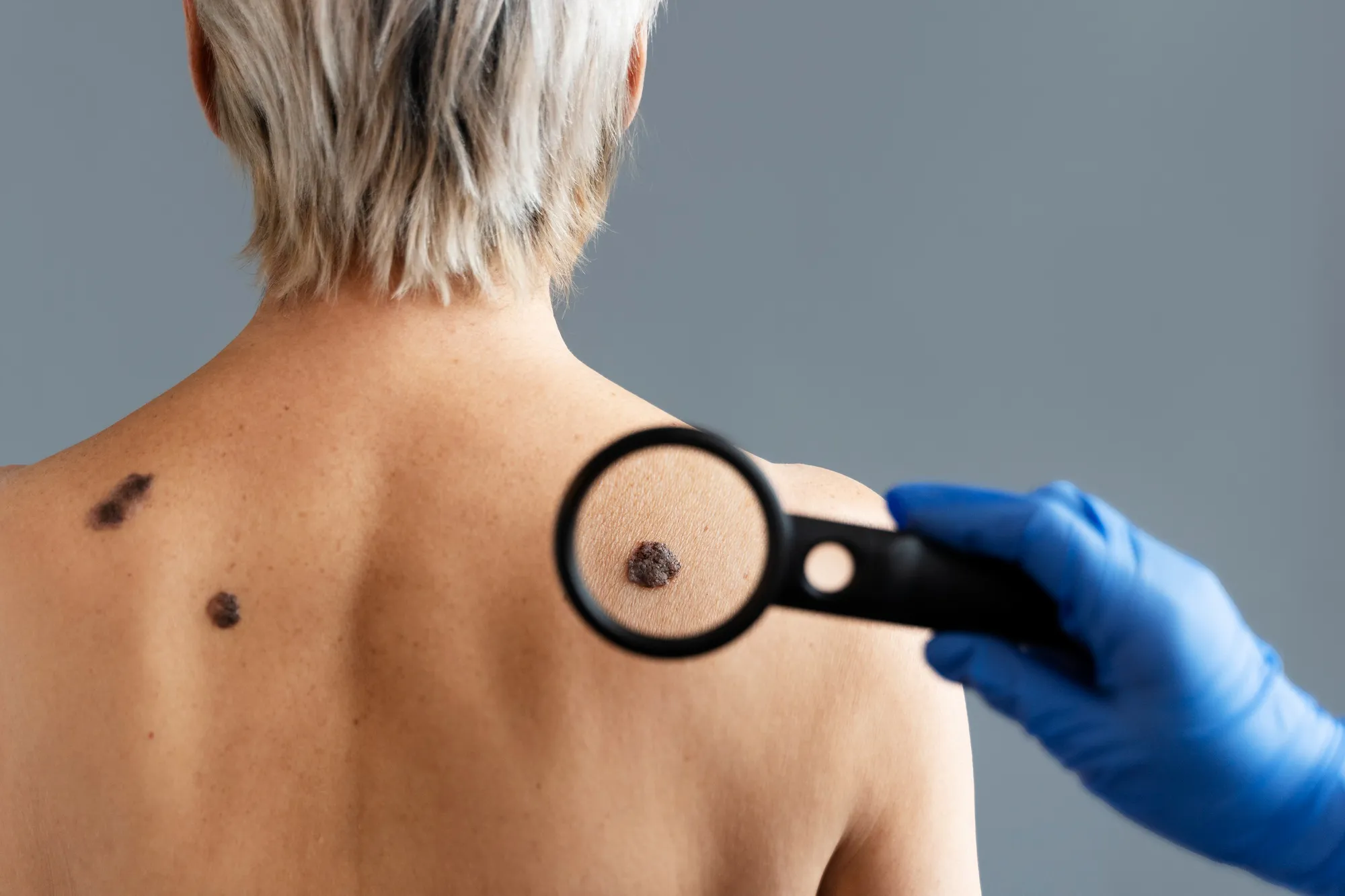DOI: 10.3390/ijms20092207
Melanoma, the deadliest form of skin cancer, continues to challenge the medical community with its aggressive nature and complex treatment protocols. However, a groundbreaking study published in the *International Journal of Molecular Sciences* on May 5, 2019, has offered a new beacon of hope. Researchers from the State Key Laboratory of Natural and Biomimetic Drugs at Peking University have developed an innovative nanostructured lipovaccine that promises to enhance the immune system’s response against melanoma.
What are Nanostructured SL9-CpG Lipovaccines?
Nanostructured SL9-CpG lipovaccines are a sophisticated form of cancer immunotherapy, combining an antigen peptide called SL9 with an oligodeoxynucleotide adjuvant known as CpG. This combination is encapsulated within a lipid-based nanoparticle, precisely designed to target the lymphatic system.
The research team, led by prominent scientists Mu Li-Min, Liu Lei, and their colleagues, has characterized these lipovaccine nanoparticles using dynamic laser scattering (DLS) and transmission electron microscopy (TEM). This meticulous analysis has revealed uniform nanoscale lipovaccines boasting an average size of approximately 70 nm and high encapsulation efficiency.
Why is This Approach Effective?
Current cancer vaccines often fall short as they struggle to efficiently deliver antigen peptides and adjuvants to the draining lymph nodes, which are crucial sites for initiating robust immune responses. The nanostructured SL9-CpG lipovaccine addresses this challenge by ensuring the efficient delivery of active ingredients to the lymphatic vessels and nodes. This targeted delivery sparks a potent immune response, marked by the activation of cytotoxic CD8+ T cells, which are pivotal in the body’s defense against cancer cells.
The Study’s Findings
The study involved administering the lipovaccines to melanoma-bearing C57BL/6 mice. Success was measured using flow cytometry (FCM), enzyme-linked immunosorbent assay (ELISA), and tumor inhibitory efficacy testing. The outcomes were nothing short of remarkable. The nanostructured SL9-CpG lipovaccines resulted in a vigorous immune response, characterized by a surge in IFN-γ release – a critical cytokine in cancer eradication. Moreover, the study observed substantial tumor growth inhibition, showcasing the potential of this innovative approach in treating melanoma.
A Step Towards Personalized Medicine
Cancer vaccines serve as precision tools for activating effective immunity against cancer. Creating a vaccine that the body accepts and utilizes effectively has been a challenge for decades. The specificity and precise delivery of the nanostructured SL9-CpG offer a step towards personalized medicine, catering to the unique immunological landscape of individual patients.
The Role of Funding and Future Endeavors
This research was supported by the Natural Science Foundation of Beijing Municipality and the National Natural Science Foundation of China, which stresses the importance of international collaboration and financial backing in driving such innovative projects. While the study focused on melanoma, the underlying principles of this lipovaccine technology may apply to other forms of cancer, heralding a new era in oncological treatment.
Implications for Human Treatment
Though the study has primarily been conducted on animal models, the implications for human treatment are promising. The next steps will involve rigorous clinical trials to evaluate the safety and efficacy of the SL9-CpG lipovaccines in human subjects fighting melanoma. With further research and testing, this approach may soon become a standard of care, offering an alternative to more invasive or less effective therapies.
Expert Opinions on the Findings
Dr. Wan-Liang Lu, one of the co-authors, mentioned, “This approach represents a significant leap in the field of immunotherapy. By effectively directing the vaccine to the lymph nodes, we’re seeing an unprecedented immune response in our models. We’re optimistic about the potential for clinical application.”
Public and Academic Response
The academic community has received the findings published in IJMS with excitement, as it offers a new direction for researchers tackling the complexities of cancer immunotherapy. Public interest groups and cancer advocacy organizations are eager to see how this emerging technology can be translated from the laboratory to the bedside.
Conclusion
The discovery of nanostructured SL9-CpG lipovaccines marks a turning point in the fight against melanoma. By leveraging the power of precision nanotechnology and immunotherapy, the researchers at Peking University have opened the door to potentially more effective and personalized treatment options for patients who endure this life-threatening condition.
References
1. Mu Li-Min, et al. (2019). Nanostructured SL9-CpG Lipovaccines Elicit Immune Response for the Treatment of Melanoma. International Journal of Molecular Sciences, 20(9), 2207.
2. Thomas S., Prendergast G.C. (2016). Cancer Vaccines: A Brief Overview. Methods Mol. Biol., 1403, 755–761.
3. Rice J., Ottensmeier C.H., Stevenson F.K. (2008). DNA vaccines: precision tools for activating effective immunity against cancer. Nat. Rev. Cancer, 8, 108–120.
4. Melero I., et al. (2014). Therapeutic vaccines for cancer: an overview of clinical trials. Nat. Rev. Clin. Oncol., 11, 509–524.
5. Zhu G., et al. (2017). Efficient Nanovaccine Delivery in Cancer Immunotherapy. ACS Nano, 11, 2387–2392.
Keywords
1. Melanoma Treatment
2. Cancer Immunotherapy
3. Nanostructured Lipovaccines
4. Cytotoxic T cells
5. Antigen Peptide Vaccines
